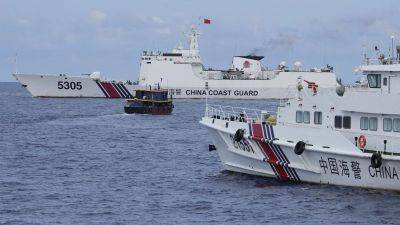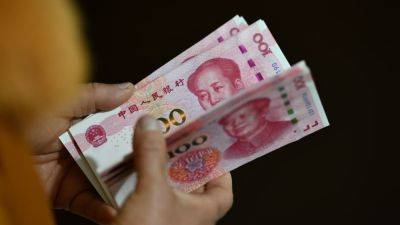US-China in a new, intense tug-of-war for Cambodia
PHNOM PENH – On June 4, US Secretary of Defense Lloyd Austin visited Cambodia in what was widely touted as a “historic” trip, the first by a Pentagon chief on a bilateral basis.
During the visit, Austin met with Cambodia’s Senate President Hun Sen, Prime Minister Hun Manet and Defense Minister Tea Seiha, with discussions reportedly focused on bilateral defense relations.
That’s raised certain hopes of a diplomatic and strategic reset after a period of downgraded and sometimes acrimonious ties.
The high-level talks addressed a possible resumption of the suspended Angkor Sentinel joint military exercises, a potential Cambodian role in United Nations peacekeeping operations and renewed Cambodian access to US military-run professional education programs.
At the same time, Austin also expressed apprehension that Cambodia was moving closer to China. The US is particularly concerned that Cambodia might allow China to use its Ream Naval Base opening onto the Gulf of Thailand.
That would conceivably give Beijing a strategic outpost and key southern flank on the contested South China Sea. These American concerns have been repeated and amplified despite Cambodia’s consistent denial of any such “secret” base pact.
Austin arrived just after Cambodia concluded its annual Golden Dragon joint military exercises with China, held this year between May 16 and May 31.
This year’s robust drills saw the participation of 2,000-plus Cambodian and Chinese military personnel, 11 Cambodian ships and three Chinese warships, and included live-fire exercises focused on anti-hijacking and anti-terrorism in the sea near Cambodia’s Sihanoukville Port.
The Golden Dragon exercises first started in 2016, soon after Cambodia suspended its annual Angkor







